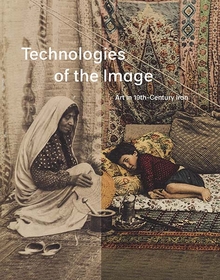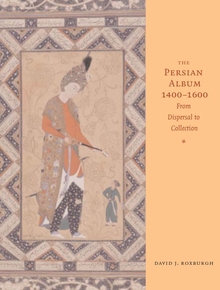Building the Caliphate
WARNING
You are viewing an older version of the Yalebooks website. Please visit out new website with more updated information and a better user experience: https://www.yalebooks.com
Construction, Destruction, and Sectarian Identity in Early Fatimid Architecture
Jennifer A. Pruitt

Read this book online via the A&AePortal, our art and architectural history eBook platform. To learn more about how to access this book, please contact us.
A riveting exploration of how the Fatimid dynasty carefully orchestrated an architectural program that proclaimed their legitimacy
This groundbreaking study investigates the early architecture of the Fatimids, an Ismaili Shi‘i Muslim dynasty that dominated the Mediterranean world from the 10th to the 12th century. This period, considered a golden age of multicultural and interfaith tolerance, witnessed the construction of iconic structures, including Cairo’s al-Azhar and al-Hakim mosques and crucial renovations to Jerusalem’s Dome of the Rock and Aqsa Mosque. However, it also featured large-scale destruction of churches under the notorious reign of al-Hakim bi-Amr Allah, most notably the Church of the Holy Sepulcher in Jerusalem. Jennifer A. Pruitt offers a new interpretation of these and other key moments in the history of Islamic architecture, using newly available medieval primary sources by Ismaili writers and rarely considered Arabic Christian sources. Building the Caliphate contextualizes early Fatimid architecture within the wider Mediterranean and Islamic world and demonstrates how rulers manipulated architectural form and urban topographies to express political legitimacy on a global stage.
This groundbreaking study investigates the early architecture of the Fatimids, an Ismaili Shi‘i Muslim dynasty that dominated the Mediterranean world from the 10th to the 12th century. This period, considered a golden age of multicultural and interfaith tolerance, witnessed the construction of iconic structures, including Cairo’s al-Azhar and al-Hakim mosques and crucial renovations to Jerusalem’s Dome of the Rock and Aqsa Mosque. However, it also featured large-scale destruction of churches under the notorious reign of al-Hakim bi-Amr Allah, most notably the Church of the Holy Sepulcher in Jerusalem. Jennifer A. Pruitt offers a new interpretation of these and other key moments in the history of Islamic architecture, using newly available medieval primary sources by Ismaili writers and rarely considered Arabic Christian sources. Building the Caliphate contextualizes early Fatimid architecture within the wider Mediterranean and Islamic world and demonstrates how rulers manipulated architectural form and urban topographies to express political legitimacy on a global stage.
Jennifer A. Pruitt is assistant professor of Islamic art history at the University of Wisconsin–Madison.
“A highly scholarly and perceptive book about a complicated, enigmatic dynasty: the Fatimids. The author explains the meaning of early Fatimid architecture in Tunisia and Egypt by probing their sectarian identity and bid for political legitimacy.”—D. Fairchild Ruggles, University of Illinois, Urbana-Champaign
“This book offers a new reading of Fatimid architecture and urbanism, using texts, archaeology, and monuments to explore artistic creation—and destruction—against a backdrop of contested medieval religious identities and the negotiation of sectarian differences.”—Glaire Anderson, University of Edinburgh
ISBN: 9780300246827
Publication Date: February 25, 2020
Publication Date: February 25, 2020
216 pages, 8 x 10
71 color + 18 b/w illus.
71 color + 18 b/w illus.








